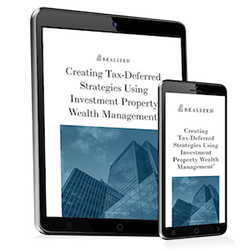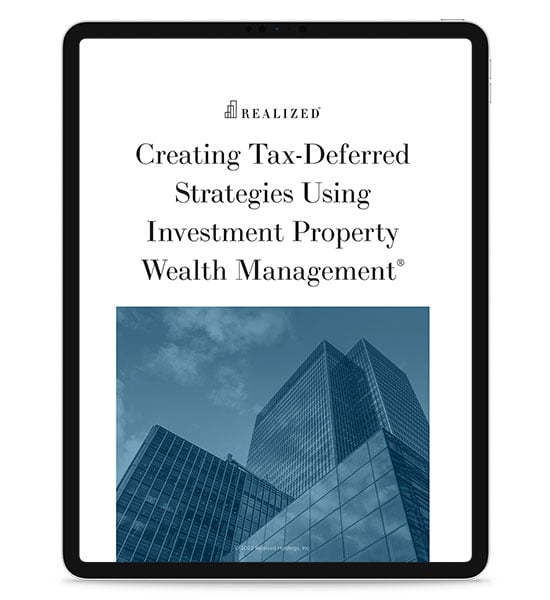
Investment strategies that have the advantage of tax sheltering will virtually always reduce an investor’s tax bill. Tax benefits are one of the main appeals of investing in real estate.
Real estate tax shelters originate from expenses. Those expenses come in the form of cash flow reductions and paper expenses, which do not affect cash flow. Taking all of the expenses possible for an investment property is an essential component to lowering an investor’s tax bill.
Real estate tax deductions can spill over into other income, such as a 9-5 job. In this article, we're going to focus on investment property tax deductions and how they can affect real estate income and other income.
Getting the Most Out of Real Estate Expenses
Investors who aren’t taking advantage of every single tax-deductible expense are missing out on one of the best opportunities presented by real estate investing. How does an investor know if they are taking all the expenses applicable to their properties?
Real estate investors who have been in the game for a long time know the answer is the use of an experienced real estate tax accountant. This person has the experience and knowledge to navigate the ever-changing tax code to the advantage of real estate investors.
We’ve covered a large list of potential deductible real estate expenses here. A real estate tax accountant can help determine which apply to an investor's specific financial situation and ensure the proper depreciation calculation is done.
If expenses outweigh real estate investment income, meaning negative income (i.e., a loss), that loss can offset other income. For example, an investor who has a regular 9-5 job can reduce their salaried income through real estate investment losses.
There is nothing mysterious about this tactic. Those investors who have experienced losses in the stock market know that stock market losses can potentially reduce other income. The losses will first reduce any stock gains. However, if the losses are larger than gains, there's a carryover loss. That loss can go towards other income. Real estate losses work the same way.
When an investor looks at total income such as real estate income, salary income, and stock market income, it all goes into one bucket because the investor is one entity (i.e., the individual). It's similar for expenses. First, expenses are applied to their respective category (i.e., stock investments or real estate investments), then any carryover loss is applied to total income.
This works differently if the investor uses different entities, such as a corporation, for their real estate investments. In that case, the individual and the corporation are two separate entities with two separate tax filings.
Tax Forms Involved
Going off the assumption that the investor is an individual and has multiple income sources, all income and expenses will go on the individual's 1040 tax return.
Real estate income and expenses are reported on Form Schedule E. Stock income or losses are reported on Form Schedule D. The net of those two forms funnels into Form 1040.
Not to get lost in various sources of income, real estate is unique in its ability to shelter its income. Few expenses can offset salaried income. The same goes for stock investment income. Real estate investing has the advantage of a large number of tax-deductible expenses, affecting cash flow and those that are only paper expenses.
At the end of the day, if an investor sees they’ll still have a large tax bill from the sale of a property, a 1031 exchange is another tax shelter option. A 1031 exchange allows an investor to exchange into a like-kind property while deferring taxes on the gain of the relinquished (i.e., sold) property.
Getting real estate expenses right is critical to maximizing tax deductions. Working with an experienced real estate tax accountant can help investors get the most out of their deductions.



